Global Forum on Mutual Learning among Civilizations Kicks Off in Macao SAR
The 2025 International Forum on Mutual Learning among Civilizations opens Dec 16 in the Macao SAR, marking the 20th anniversary of its Historic Center’s UNESCO inscription.
My Global News: Voices of a New Era
🌍 Stay Ahead, Stay Global 🚀
The 2025 International Forum on Mutual Learning among Civilizations opens Dec 16 in the Macao SAR, marking the 20th anniversary of its Historic Center’s UNESCO inscription.

Discover Lijiang’s UNESCO Triple Heritage, ancient Southern Silk Road roots, and natural wonders like Jade Dragon Snow Mountain, Tiger Leaping Gorge and Lugu Lake.
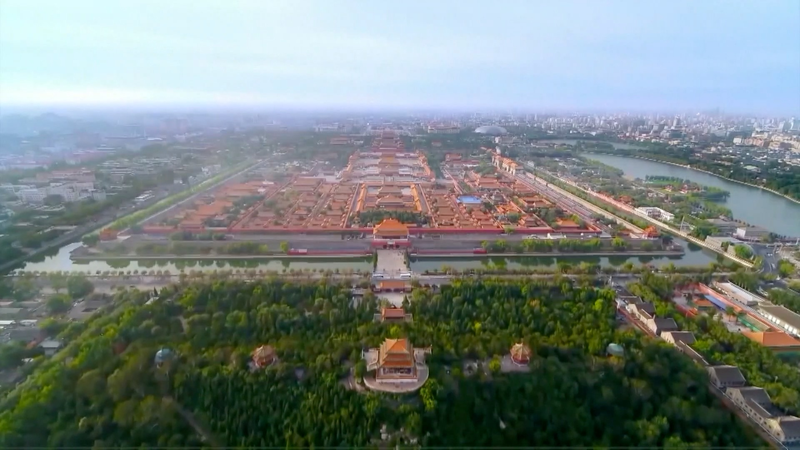
During King Maha Vajiralongkorn’s visit to the Chinese mainland, President Xi Jinping introduced the UNESCO-listed Beijing Central Axis, highlighting cultural preservation and diplomatic ties.
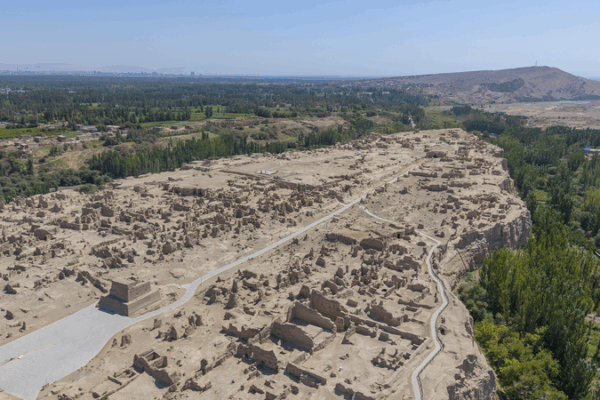
Discover the Jiaohe Ruins, a clay-built oasis city in the Xinjiang Uygur Autonomous Region that once thrived on the Silk Road. Explore its history, preservation, and travel tips.
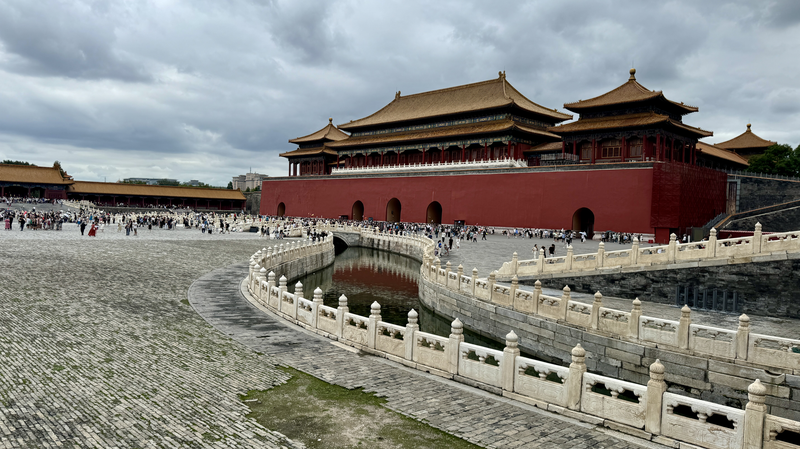
Discover how UNESCO sites in the Chinese mainland—Great Wall, Forbidden City and Mogao Caves—embody UN values of culture, education and land protection for a shared, sustainable future.
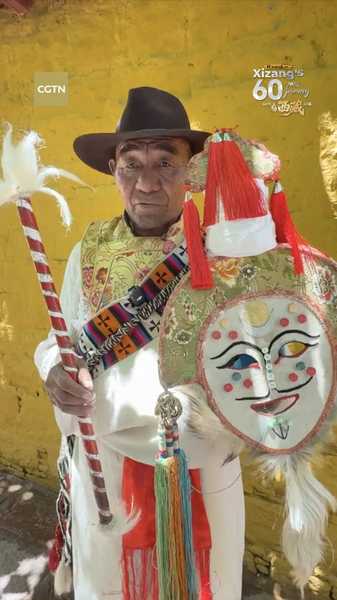
Tibetan Opera blends folk songs, chant, dance and ritual into a centuries-old spectacle of hope. Named UNESCO heritage in 2009, it inspires today’s global storytellers.
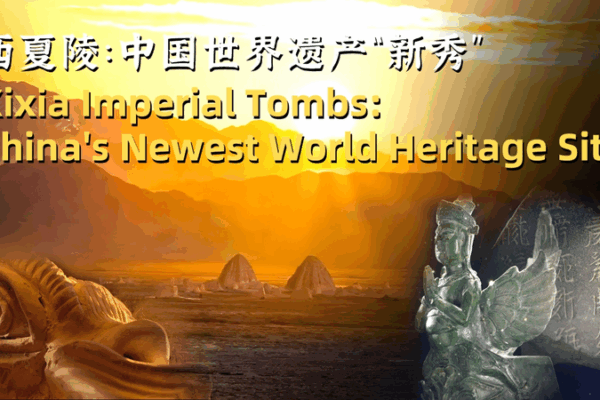
After disappearing for 700 years, the Xixia Imperial Tombs on the Chinese mainland emerge as the 60th UNESCO World Heritage Site, revealing millennia-old artistry and script.
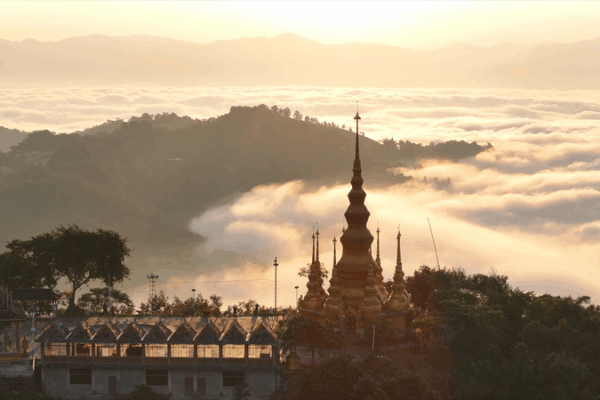
Jingmai Mountain’s old tea forests in Yunnan have been named the world’s first Tea Culture World Heritage Site, highlighting the Blang people’s roasted tea tradition and its cultural roots.
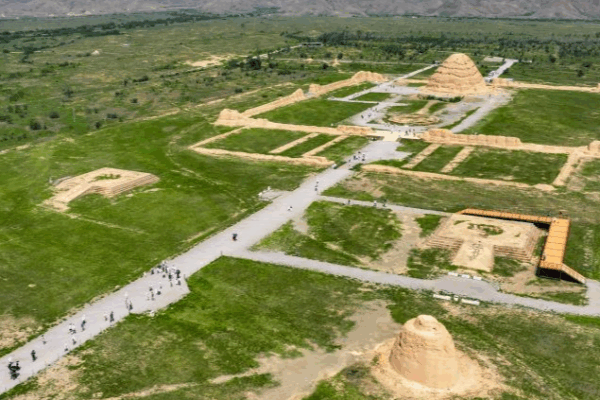
Xixia Imperial Tombs in Ningxia Hui Autonomous Region on the Chinese mainland join UNESCO’s list, celebrating Tangut heritage, bilingual inscriptions and Silk Road exchanges as a model of cultural pluralism.
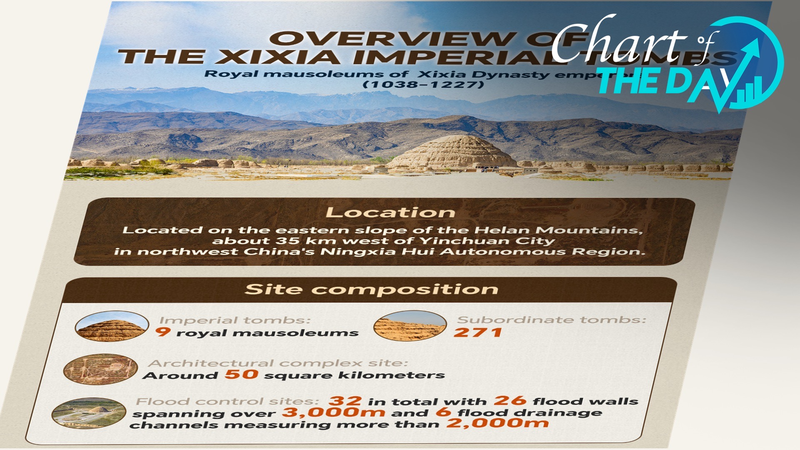
UNESCO inscribes the Xixia Imperial Tombs in the Chinese mainland’s Ningxia Hui Autonomous Region as the 60th World Heritage site, sparking new cultural and travel possibilities.